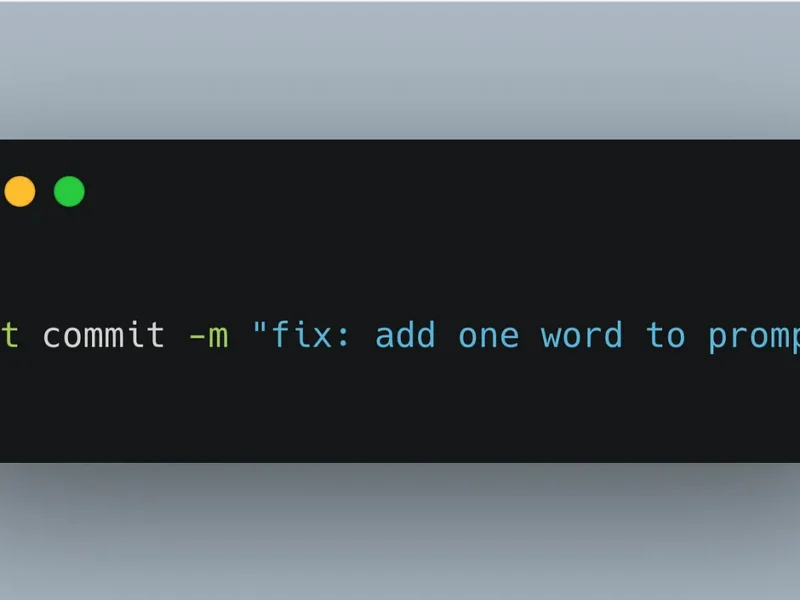The voice AI market is booming, with the reality of $20B enterprise adoption based on projections following its adoption in numerous institutions, from contact centers to logistics. Voice AI has rapidly transformed from being a novelty to a necessity. But as companies rush to adopt AI text-to-speech tools, a critical question remains: are businesses truly realizing ROI from the voice AIs, or are they just caught up in the hype loop?
This article tries to answer the question by decoding the current state of the voice AI market. It will examine adoption trends, understand real use cases, and assess whether the $20 billion valuation holds up against on-the-ground performance.
Why is the voice AI market growing so rapidly?
The voice AI market is growing rapidly due to multiple factors, including advancements in NLP, increased language accessibility, the demand for personalization, and the growing adoption of remote and hybrid work cultures. In fact, according to a MarketsandMarkets report, the AI voice generator market is expected to increase its market value to $20.4 billion by 2030. The following are the detailed reasons:
- Advancements in NLP: AI systems have come a long way, and they can now understand and respond to complex queries accurately. This has prompted call centers to adopt these systems, thereby reducing the workload on human agents while meeting customer needs.
- Language accessibility: Most voice AI can translate your written text into multiple languages, such as French, Chinese, Arabic, German, and more. This allows companies to interact better across diverse geographies.
- Demand for personalization: Consumers these days expect intuitive, fast, and conversational interfaces in apps, services, and support systems.
- Remote and hybrid work culture: Voice AI plays a crucial role in remote and hybrid work settings, enhancing communication through affordable voice solutions, effective collaboration, and improved productivity.
These factors, paired with the reduced cost of AI adoption via API and cloud platforms, make voice AI accessible for businesses of any size.
Which sectors are leading voice AI adoption?
Sectors that are leading voice AI adoption include customer support and contact centers, healthcare, eCommerce, and education.
- Customer support: The integration of voice AI in a customer support system isn’t just an upgrade but a complete overhaul. Most companies these days use voice AI platforms to provide automated response systems, personalized customer experience, cost efficiency, and continuous learning and adaptation. And the benefits are clear. According to a Salesforce State of Service Report, 95% of organizations with AI report cost and time savings, and 92% say generative AI helps deliver better customer service.
- Healthcare and wellness: With patient care in mind, healthcare is certainly benefiting from voice AI. These can help automate several tasks, including appointment booking, reminders, and symptom triage. According to Statista, around a fifth of healthcare organizations in the United States were said to be experimenting with and developing AI models. The integration is slow but sure.
- eCommerce and retail: Voice AI has also revolutionized the way eCommerce and retail companies operate. The AI-powered shopping assistants provide personalized recommendations based on shopping habits and voice-based checkout flows. Voice cloning is also used in influencer marketing for product explainer videos.
- Education: Similar to customer support, a voice AI system allows EdTech firms to deploy AI tutors and voice-activated learning modules. Other than that, it will enable the educational institutions to establish an accessible and inclusive learning culture.
How are enterprises using voice AI in 2025?
Enterprises are using voice AI in 2025 for practical applications, such as the use of voice-enabled systems for customer service, appointment scheduling, or automating routines. In other words, it has moved beyond the initial hype, and the focus is now more on using voice AI to generate real, operational value.
The voice AI adoption typically moves through three phases: pilot phase, expansion stage, and maturity phase.
In the first, or pilot phase, the companies primarily embed AI into IVR (Interactive Voice Response) systems and enable automatic greetings, answering frequently asked questions, and basic call routing. Moving on, in the expansion stage, the voice AI tools with advanced text-to-speech capabilities are introduced into the knowledge systems. For example, the HR department may use the AI to create onboarding documents, employee handbooks, or compliance training handbooks.
In the final stage, or maturity phase, there’s a full-scale adoption of AI systems. The voice AI here functions as agents who handle repetitive questions, provide multilingual support, and conduct customer callbacks. These are often coupled with detailed analytics dashboards for human agents to track latency, call satisfaction, and fallback handoffs.
 Conclusion
Conclusion
Yes, voice AI is worth the enterprise hype, but with a few caveats. The institutions might face challenges regarding latency and accuracy, security and compliance, integration costs, and more. So, the companies must have clarity on KPIs, ethical deployment, and continuous refinement. Remember that voice AI isn’t a magic wand, but a tool that requires strategic planning, sharp minds, robust systems, and real strategy behind its adoption.

